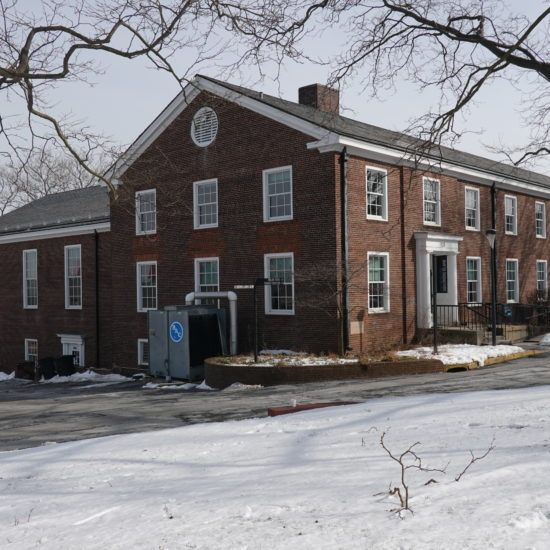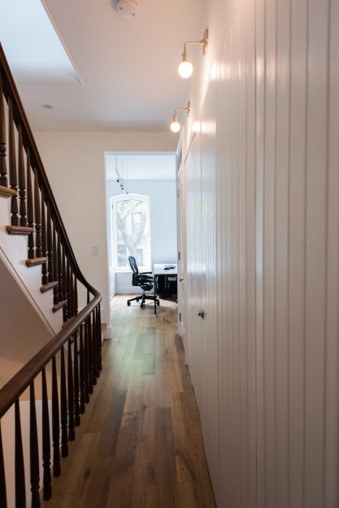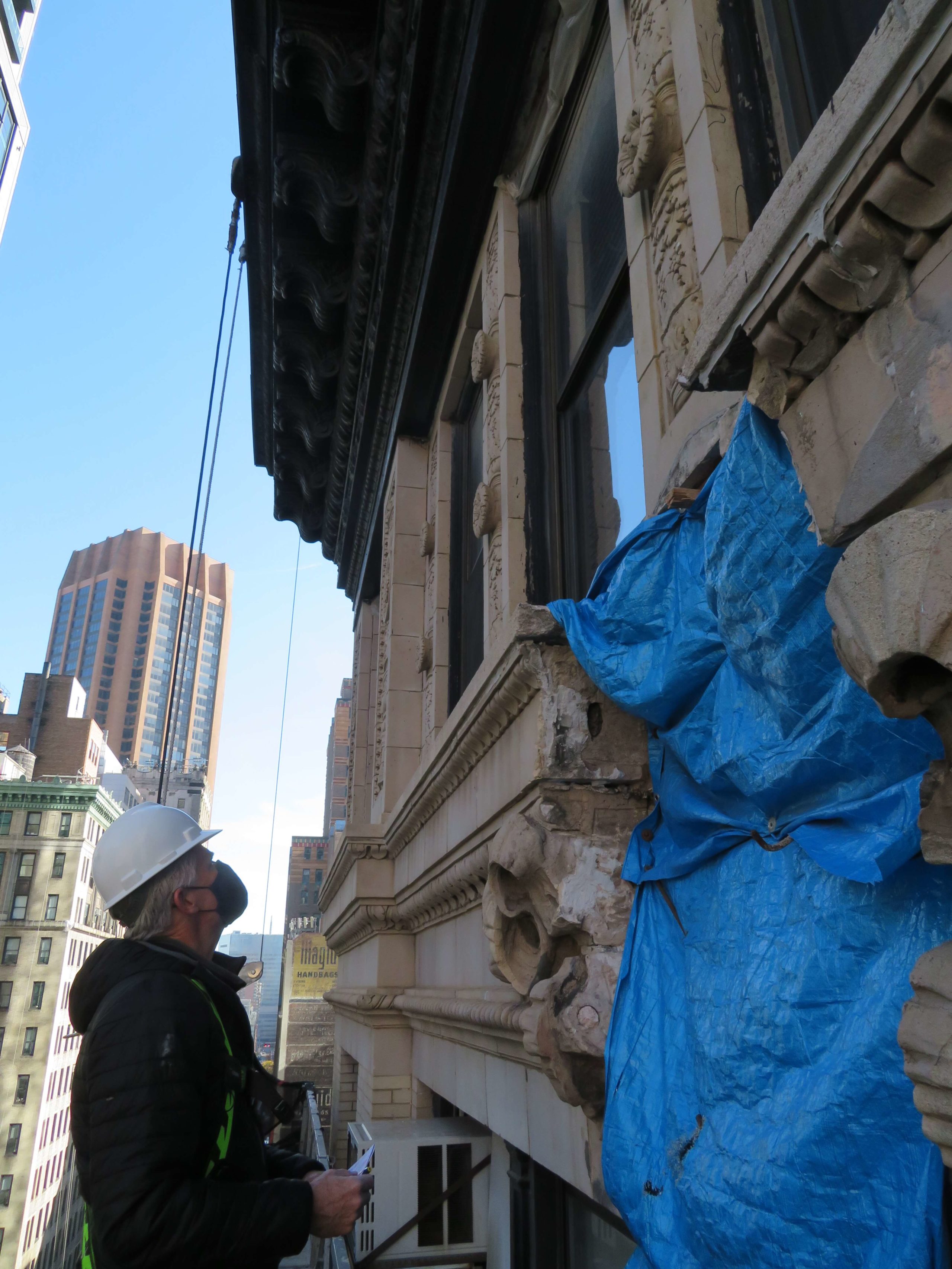You've most likely walked past plenty of old buildings predestined for demolition without realizing they're ecological goldmines. Each time you see a damaging round swing, you're observing the damage of years' worth of ingrained carbon and power that can't be recuperated. Below's what most individuals don't comprehend: the choice in between tearing down and restoring isn't just about aesthetic appeals or nostalgia-- it is among architecture firm near me one of the most impactful environment decisions we make in our cities.The Carbon Footprint of Demolition vs. Restoration When you destroy a building, you're not just taking apart wall surfaces-- you're launching years of embodied carbon kept in concrete, steel, and other materials back into the atmosphere.Historic building restoration offers a substantially various ecological impact. While costs considerations restoring historic buildings might seem complicated at first, you'll find that restoring a historic building generally generates 50-75%less carbon discharges than brand-new construction.Sustainable restoration leverages existing architectural structures, removing the demand for energy-intensive product production.Through preservation and adaptive reuse, you're taking full advantage of the



life-span of personified power already purchased original materials. This technique sustains smart growth principles by revitalizing existing urban infrastructure instead of expanding into untaught areas.You'll locate that lasting restoration transforms historic frameworks into contemporary, effective rooms while dramatically decreasing building waste and ecological degradation. Symbolized Energy: Opening the Environmental Worth Already Integrated In Because every brick, beam of light, and structure rock stands for years of accumulated ecological investment, historical buildings consist of enormous reserves of symbolized energy that demolition just wastes.When you choose historic building restoration over demolition, you're opening years of manufacturing,
transportation, and building and construction energy already invested in traditional building materials.Historic preservation indicates you're optimizing sustainability by reusing existing structural aspects as opposed to starting from scratch.Restoring restoration architect original materials like strong timber beam of lights, rock structures, and handmade masonry maintains the ecological worth that's already developed in.Through thoughtful renovation and conservation practices, you can keep a building's historic
personality while substantially lowering the environmental effect contrasted to new construction.This approach changes preservation into a powerful sustainability approach that honors both ecological responsibility and architectural heritage.Waste Decrease Via Adaptive Reuse and Material Salvage Rather than sending countless lots of construction debris to land fills, adaptive reuse changes existing buildings right into new purposes while recovering useful materials that would otherwise end up being waste.You'll discover that historic building restoration and rehabilitation programs divert enormous amounts of materials from disposal sites. When you pick restoration over demolition, you're implementing effective waste decrease approaches that profit both your job and the environment.Material salvage procedures recuperate original architectural aspects like hardwood floorings, brick, stone, and vintage components that ca
n't be duplicated today.These environment-friendly restoration practices preserve irreplaceable craftsmanship while minimizing need for brand-new sources. Via cautious rehabilitation, you'll discover that buildings contain treasure troves of reusable materials.Smart preservation comes close to make the most of these chances, transforming potential waste right into useful assets for your project.Preserving Natural Resources by Increasing Structure Lifespans By restoring existing buildings as opposed to creating new ones, you're significantly minimizing the intake of virgin materials like hardwood, steel, concrete,
and stone.Historic building restoration exhibits this lasting technique by preserving frameworks that would certainly otherwise require full reconstruction utilizing recently drawn out resources.
When you pick renovation over demolition, you're making an eco-friendly decision that secures woodlands, quarries, and mining websites from more exploitation.Extending structure life-spans through careful restoration suggests you're making the most of the value of materials currently invested in building years or centuries ago.This preservation technique reduces the ecological influence related to manufacturing new structure elements. Each recovered framework represents thousands of extra pounds of natural deposits saved from removal, handling, and transportation
-- making restoration an effective tool for environmental conservation. Financial and Environmental Benefits of Lasting Renovation Practices While restoration projects call for preliminary financial investment, they consistently provide premium returns compared to demolition and new construction. Historic building restoration generates significant financial benefits through task creation, boosted residential or commercial property values, and lowered material costs.You'll locate that lasting renovation practices eliminate expensive demolition costs while recycling existing materials and architecture. When restoring a historic building, you're preserving heritage while supporting smart growth and preservation efforts that reinforce communities.The environmental benefits confirm similarly compelling. You'll reduce land fill waste by as much as 90% while reducing carbon emissions from making brand-new materials.Best practices for carrying out these projects include energy-efficient upgrades that lower operational prices for decades. Your restoration investment pays returns via tax motivations, lowered construction timelines, and reduced insurance policy premiums, making lasting renovation the economically and environmentally accountable choice.Conclusion When you choose restoration over demolition, you're making a powerful environmental statement. You'll slash carbon discharges by as much as 75%, maintain personified energy that's already locked in existing structures, and maintain useful materials out of landfills. You're not just conserving a building-- you're protecting natural deposits, minimizing manufacturing demands, and creating a more sustainable future. Your decision to restore as opposed to change straight adds to environmental preservation.